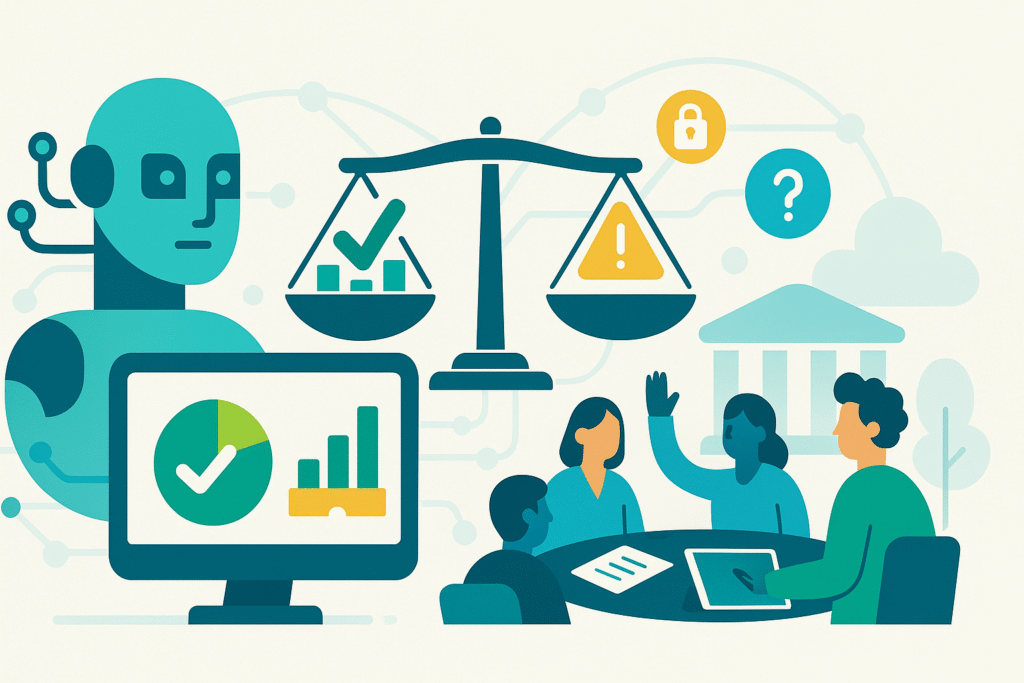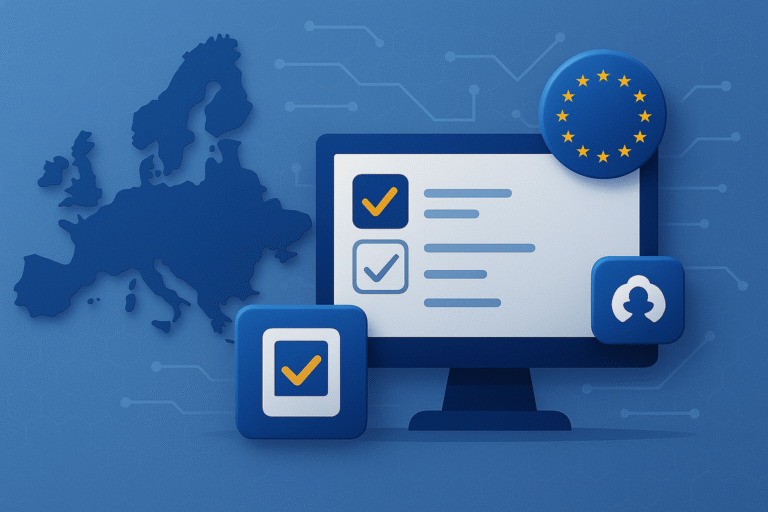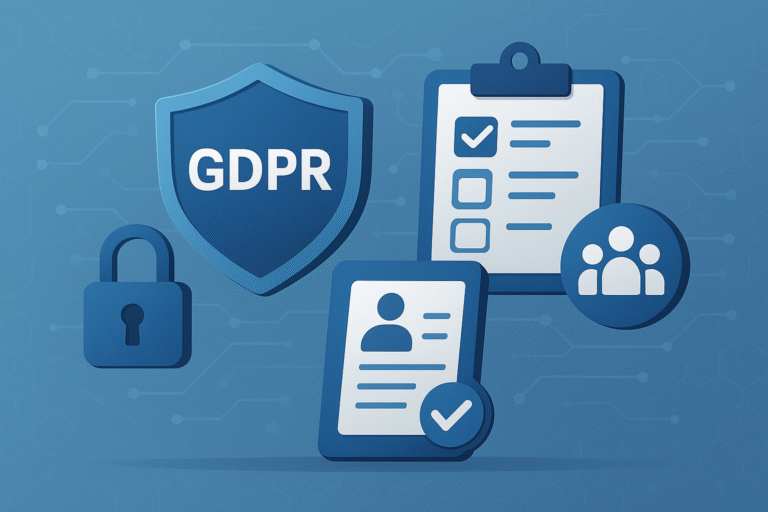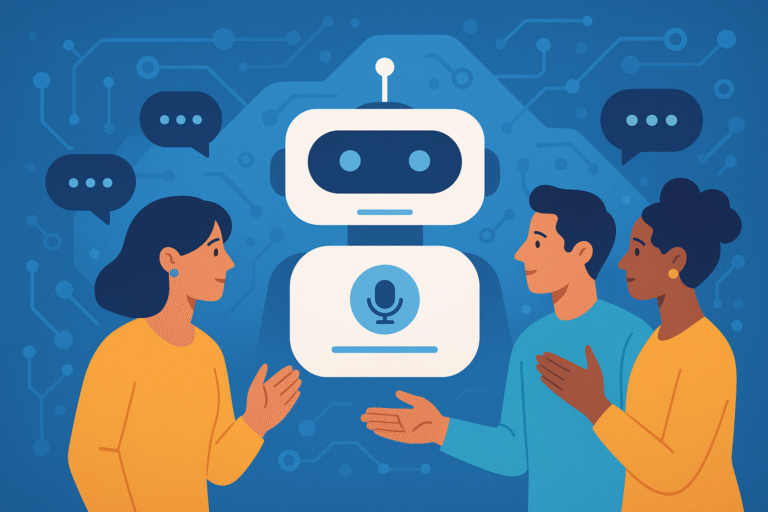
AI and Public Decisions: Opportunities and Risks
Introduction
Artificial intelligence (AI) is no longer just a technological topic: it is now a reality influencing daily life and public policies. Governments and administrations are experimenting with algorithms to analyze data, forecast scenarios, and optimize decision-making. The opportunities are huge, but so are the risks, especially when it comes to transparency, fairness, and public trust.
👉 For a general overview, see what digital democracy is and why it matters today. We also recommend our article on blockchain and transparent voting and the beginner’s guide to using online participatory platforms.
1. Opportunities of AI in public decision-making
a) Large-scale data analysis
Governments manage vast amounts of data (mobility, health, education, environment). AI can process them quickly, identifying patterns that help design better policies. For example, machine learning algorithms can predict the spread of diseases or estimate the impact of urban projects.
b) Efficiency and cost reduction
Automating decision-making processes can reduce time and administrative costs. Optimization algorithms can improve logistics, public transportation, or energy management.
c) Decision-making support
AI can support policymakers by offering predictive scenarios based on real data. It does not replace politics but helps make choices more evidence-based.
d) Participation and accessibility
Chatbots and conversational systems can facilitate communication between citizens and institutions, making services more accessible. 👉 See also the upcoming article on chatbots and civic participation.
2. Risks and challenges
a) Algorithmic opacity
Many AI systems are “black boxes”: it is not always clear how they reach decisions. In public policy, this can undermine citizens’ trust.
b) Bias and discrimination
If training data contain biases, algorithms reproduce and amplify them. This can lead to discrimination in welfare, justice, or benefit allocation.
c) Responsibility and accountability
Who is responsible for a decision made (or suggested) by an algorithm? The lack of clear accountability is a serious risk in politics.
d) Privacy and security
Using AI to process sensitive data (health, taxation, education) raises huge challenges for privacy and security. 👉 For more, see our article on GDPR and participatory processes.
3. Real-world examples of AI in public decisions
- Estonia: a pioneer in e-government, using AI to simplify tax and administrative processes.
- Finland: launched civic education programs on AI for both citizens and officials.
- Singapore: integrates AI in urban planning, from transport to environmental monitoring.
- Italy: cities such as Milan and Turin are experimenting with AI in mobility and smart city projects. 👉 See also our article on digital democracy and smart cities.
4. Balancing opportunities and risks
a) Transparency
Algorithms must be explainable and, where possible, open. Independent audits should be allowed.
b) Citizen participation
Decisions on where and how to use AI should not be taken only by experts. Citizens and stakeholders must be involved. 👉 For a practical approach, see how to create a participatory proposal step by step.
c) Clear rules
The EU is defining boundaries and controls with the AI Act, which will establish common standards for AI use in public and private sectors.
d) Digital education
Citizens need to understand what AI is, how it works, and what its risks are. Only then can they exercise informed oversight.
5. Future perspectives
AI will be increasingly integrated into public policies: it can support participatory budgeting, improve services, and make institutions more efficient. But adoption must be guided by ethics, transparency, and inclusiveness. AI should not replace politics but complement it as a support tool.
✅ Conclusion
The use of AI in public decision-making is a crucial challenge for the future of democracy. It can enhance efficiency, transparency, and inclusion, but also carries risks if adopted without clear rules and citizen involvement.
The real question is not whether to use AI in politics, but how: with which safeguards, controls, and democratic principles.


